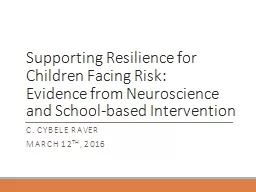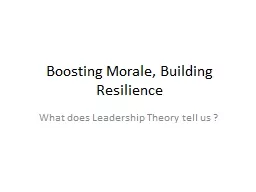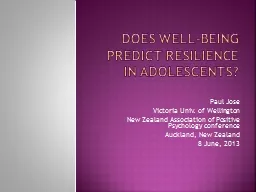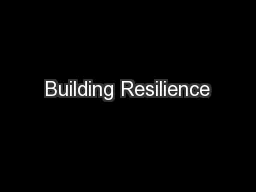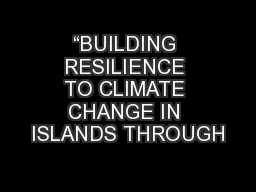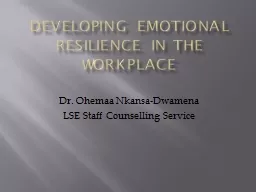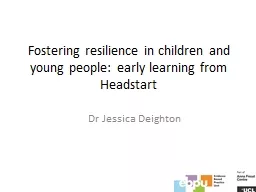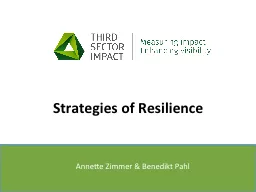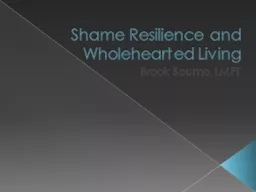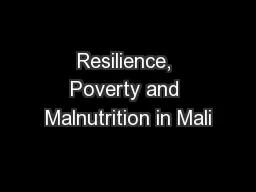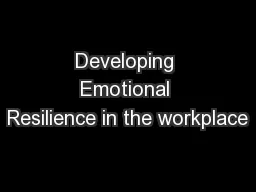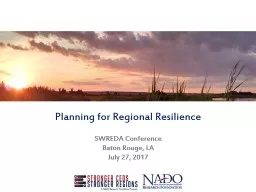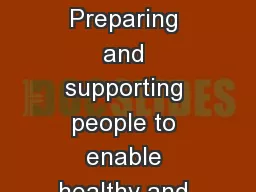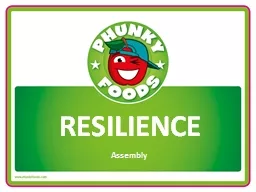PPT-Supporting Resilience
Author : giovanna-bartolotta | Published Date : 2017-05-20
for Children Facing Risk Evidence from Neuroscience and Schoolbased Intervention C Cybele Raver March 12 th 2016 Overview Student Family School Neighborhd
Presentation Embed Code
Download Presentation
Download Presentation The PPT/PDF document "Supporting Resilience" is the property of its rightful owner. Permission is granted to download and print the materials on this website for personal, non-commercial use only, and to display it on your personal computer provided you do not modify the materials and that you retain all copyright notices contained in the materials. By downloading content from our website, you accept the terms of this agreement.
Supporting Resilience: Transcript
Download Rules Of Document
"Supporting Resilience"The content belongs to its owner. You may download and print it for personal use, without modification, and keep all copyright notices. By downloading, you agree to these terms.
Related Documents

